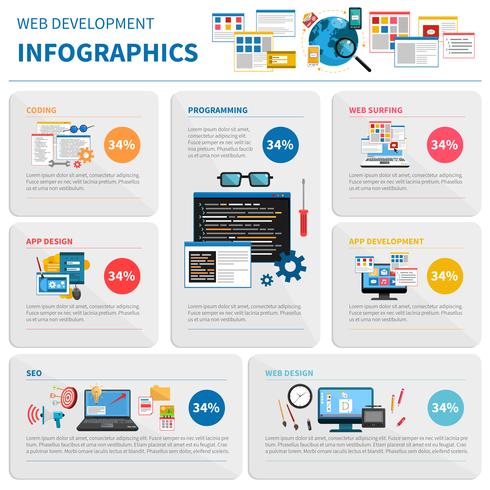Improving Individual Experience With Website Design To Raise Conversions
Improving Individual Experience With Website Design To Raise Conversions
Blog Article
Web Content Writer-Herrera Chang
Have you ever visited an internet site that took for life to tons, had a complex navigation system, or didn't present properly on your smart phone? Opportunities are, you promptly deserted that site and went on to one that gave a better user experience.
In today's affordable on the internet landscape, it's essential for organizations to focus on web design that boosts individual experience in order to drive much better conversions. In this discussion, we will check out the value of responsive design, the use of user-friendly navigation, and the optimization of page load rate to create a seamless and interesting user journey.
Remain tuned to discover just how these elements can dramatically impact your site's success.
Relevance of Responsive Style
Responsive design is important in today's electronic landscape for creating web sites that adjust seamlessly to different display sizes and gadgets. When your web site is receptive, it immediately readjusts its design and content to fit any type of tool, whether it's a smartphone, tablet, or home computer. This is important due to the fact that an increasing number of people are accessing the web with their smart phones.
If your website isn't responsive, it can lead to an inadequate user experience. Customers may have to pinch and zoom to review material, buttons may be too tiny to click on, and photos might not be enhanced for smaller displays. This can irritate individuals and result in high bounce rates and low conversions.
Utilizing Instinctive Navigating
When developing a receptive website, it is necessary to focus on utilizing intuitive navigation for an enhanced user experience.
Instinctive navigating refers to arranging your website's menu and navigation components in a logical and easy to use method. By doing so, you make it much easier for visitors to find what they're trying to find and navigate via your site effortlessly.
User-friendly navigating helps in reducing complication and stress, inevitably leading to better individual interaction and boosted conversions.
To achieve instinctive navigating, think about making use of clear and detailed tags for your food selection items, executing a regular layout across all pages, and integrating search performance for quick access to specific content. In addition, it's important to focus on vital web pages and information, guaranteeing they're plainly displayed and conveniently available.
Optimizing Page Lots Speed
To boost individual experience, it's critical to optimize the page lots speed of your website. Slow-moving loading times can annoy users and lead to higher bounce prices.
Luckily, there are a number of strategies you can apply to improve your site's tons speed. Firstly, consider minimizing seo optimization firm of your photos by pressing them without endangering top quality.
Furthermore, optimize your code by lowering unnecessary manuscripts and CSS data. One more efficient strategy is to take advantage of web browser caching, which permits certain elements of your website to be stored in your area, decreasing load times for returning site visitors.
Moreover, think about utilizing check out the post right here (CDN) to disperse your web site's documents across several web servers, boosting tons speed for individuals in different geographical areas.
Verdict
To conclude, by employing responsive design, user-friendly navigation, and optimizing web page load rate, website design can significantly enhance user experience and drive better conversions.
With an user-friendly interface, simple navigating, and quick filling times, websites can record and preserve the attention of users, causing boosted involvement and greater conversion prices.
So, do not delay in carrying out these website design strategies to ensure a smooth and successful individual experience!
